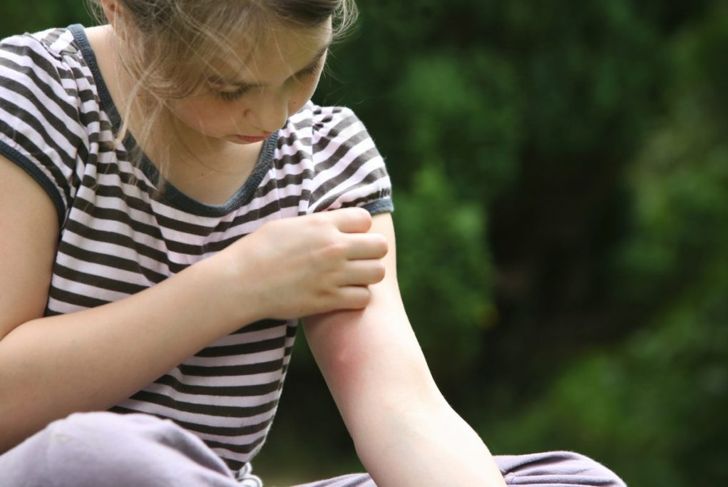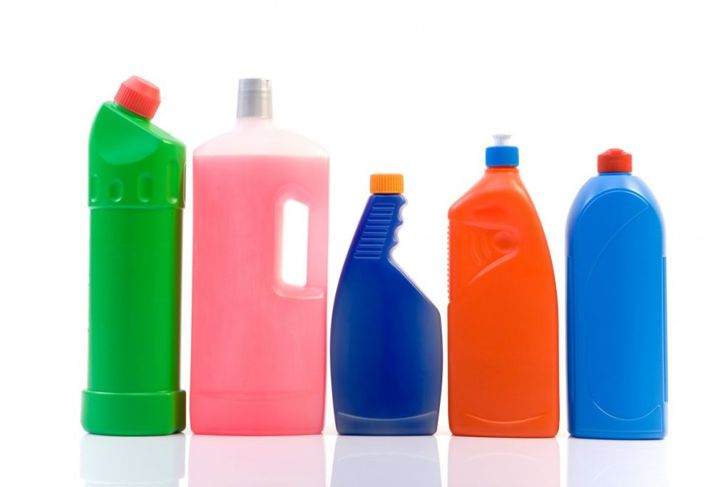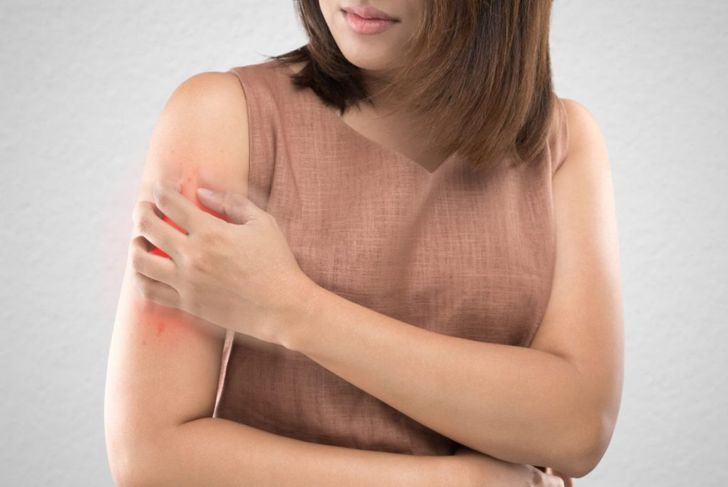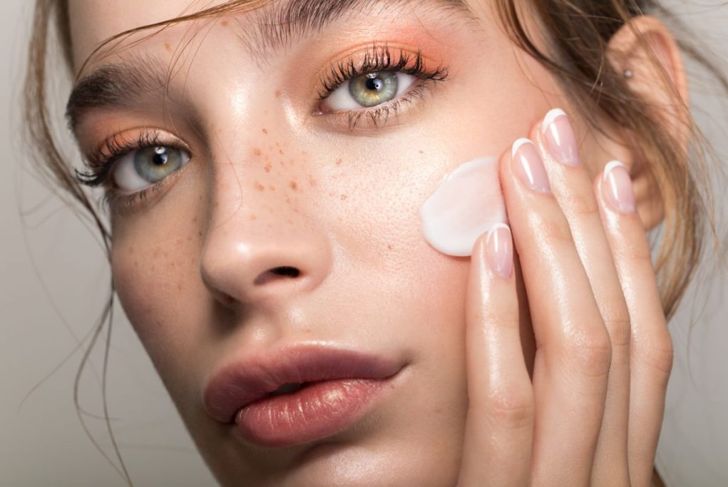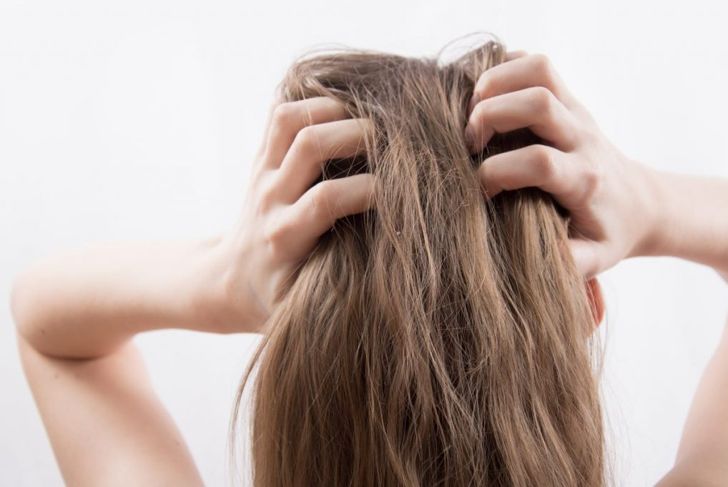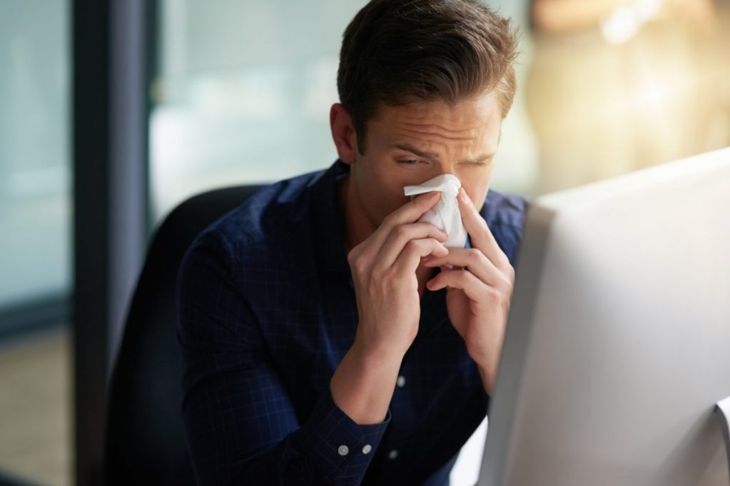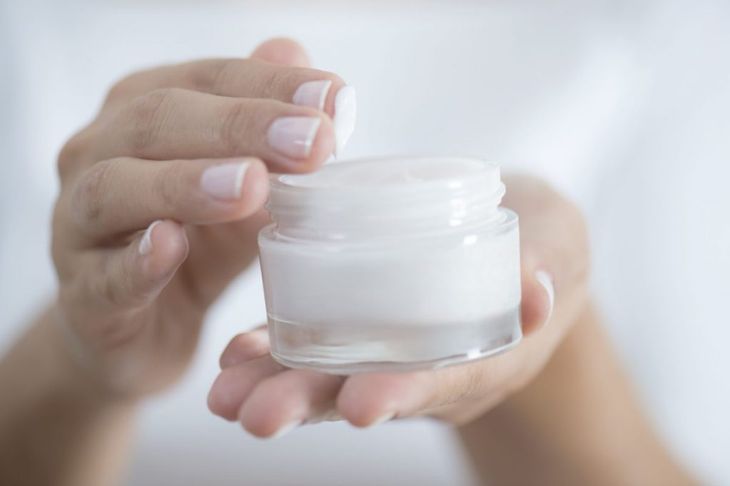Dermatitis is a broad term used to describe inflammation of the skin, and various conditions fall under this heading. The common conditions usually involve swollen, reddened skin or an itchy rash. While not dangerous or contagious, dermatitis often leaves people feeling self-conscious and uncomfortable. A combination of medical treatment and self-care strategies can typically ease the symptoms. Treatment from a doctor is especially essential if the individual’s skin becomes painful, if self-care strategies have not worked by themselves, or if the skin appears infected.
Stasis Dermatitis
Thickened, discolored (reddened) skin on the shins or ankles, swelling, itchiness, and open sores with oozing and crusting are common signs of stasis dermatitis. This type occurs when varicose veins or other circulatory conditions result in fluid build-up in the lower legs. The swelling creates pressure beneath the skin, which inhibits enough oxygen and blood from reaching the skin. Because stasis dermatitis occurs as the result of poor circulation, treatment focuses on improving circulation. Wearing compression stockings, avoiding sitting or standing for extended periods, and propping one’s feet up when sitting may help improve symptoms.
Allergic Contact Dermatitis
Direct contact with allergens can cause contact dermatitis. Common signs include a red rash, itchiness, which may be severe, swelling, burning, or tenderness, dry, cracked, or scaly skin, and blisters and bumps that may ooze or crust. Common allergens include
Nickel: found in buckles, jewelry, and many other products.
Balsam of Peru, an ingredient in flavorings, perfumes, mouth rinses, and cosmetics.
Personal care products such as body wash, deodorant, and hair dye.
Plants, such as poison ivy.
Atopic Dermatitis
Atopic dermatitis most often begins before the age of five. Symptoms vary from person to person and include itchiness, which may be severe, small, raised bumps, which may ooze or crust over, and red or brownish-gray patches on the skin. Atopic dermatitis often occurs on the hands, wrists, ankles, feet, upper chest, the bends of the knees and elbows, neck, and eyelids. While the exact cause of atopic dermatitis isn’t known, people with personal or family histories of asthma or allergic rhinitis often develop it. Atopic dermatitis can be challenging to treat and may require a combination of medication and at-home treatments or lifestyle changes.
Irritant Contact Dermatitis
Irritant contact dermatitis occurs when an irritant comes into contact with the skin. Sometimes a reaction occurs after just one exposure, while others must be exposed numerous times before developing a reaction. Common signs of irritant contact dermatitis include a red rash or bumps, itching, stinging, or burning, and dry, red patches on the skin that may look like burns. Soap, detergent, bleach, waxes, solvents, and chemicals are common irritants.
Neurodermatitis
Neurodermatitis is a condition that begins with an itchy patch of skin, which scratching can worsen. The itchiness from neurodermatitis is often so severe that it interrupts sleep and lowers quality of life. The skin becomes leathery and thick as a result of constant scratching. Several itchy patches may develop on the forearms, wrists, legs, neck, or anal region.
Perioral Dermatitis
Small, red, pus-filled bumps, usually around the mouth, can indicate perioral dermatitis. The bumps can also appear around the nose and eyes. If itchiness occurs, it’s mild. Corticosteroid nasal sprays and inhalers, prolonged use of topical steroid creams, heavy use of face creams or moisturizers, fluorinated toothpaste, skin irritations, and rosacea are the most common causes of this condition. Oral antibiotics and topical antibacterial lotions and creams can treat perioral dermatitis.
Seborrheic Dermatitis
Seborrheic dermatitis mainly affects the scalp, but it can also affect oily parts of the body such as the face, eyebrows, sides of the nose, eyelids, ears, and chest. It causes stubborn dandruff, red skin, and scaly patches. Doctors don’t know what prompts the condition, but an abnormal immune system response or yeast in the oil secreted on the skin could contribute. Treatment for seborrheic dermatitis typically includes medicated shampoos, lotions, and creams.
Dermatitis Herpetiformis
Dermatitis herpetiformis, also known as DH and Duhring’s disease, is a chronic skin condition that occurs as a reaction to the ingestion of gluten. Itchy blisters and bumps appear on both sides of the body. They are most commonly seen on the forearms near the elbows, along the hairline, on the knees, and on the buttocks. DH can affect someone at any age, but it usually first appears between the ages of 30 and 40. Approximately 10-15% of people with celiac disease also have DH. The most effective treatment for DH is adhering to a gluten-free diet. However, medications can also treat the condition.
Risk Factors for Dermatitis
Certain factors can increase the likelihood of developing dermatitis.
Age
As previously mentioned, atopic dermatitis typically begins before the age of five.
Occupation
People who work with cleaning supplies, solvents, or certain types of metal are at higher risk of contact dermatitis.
Asthma and Allergies
People with a personal or family history of hay fever, allergies, eczema, or asthma are at increased risk of atopic dermatitis.
Health Conditions
Individuals with HIV, congestive heart failure, or Parkinson’s disease are at higher risk for seborrheic dermatitis.
Preventing Dermatitis
Avoiding dry skin is one way to prevent dermatitis. This symptom can be waylaid by limiting baths or showers to five to ten minutes and using warm rather than hot water. After bathing, pat yourself dry with a soft towel and apply a moisturizing oil or cream to the skin when it’s still damp.

 Home
Home Health
Health Diet & Nutrition
Diet & Nutrition Living Well
Living Well More
More

